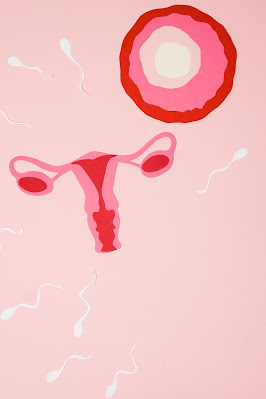What is the Spiritual Effect of Having Sex During Menstruation

Sexuality and spirituality are two deeply interconnected aspects of human existence. The topic of engaging in sexual intimacy during menstruation is a subject that has sparked curiosity and debate among individuals seeking to understand the spiritual implications involved. In this article, we will explore the spiritual effects of having sex during menstruation, delving into various perspectives and shedding light on this intriguing topic. Understanding Menstruation and its Spiritual Significance: Menstruation is a natural bodily process experienced by women, often accompanied by physical discomfort and hormonal changes. In various cultures and belief systems, menstruation has been attributed with spiritual significance. Some view it as a time of heightened spiritual energy, while others perceive it as a period of purification and release. The Yin and Yang Balance: According to certain spiritual traditions, our bodies consist of opposing energies, often referred to as yin and yang. Yin ...







